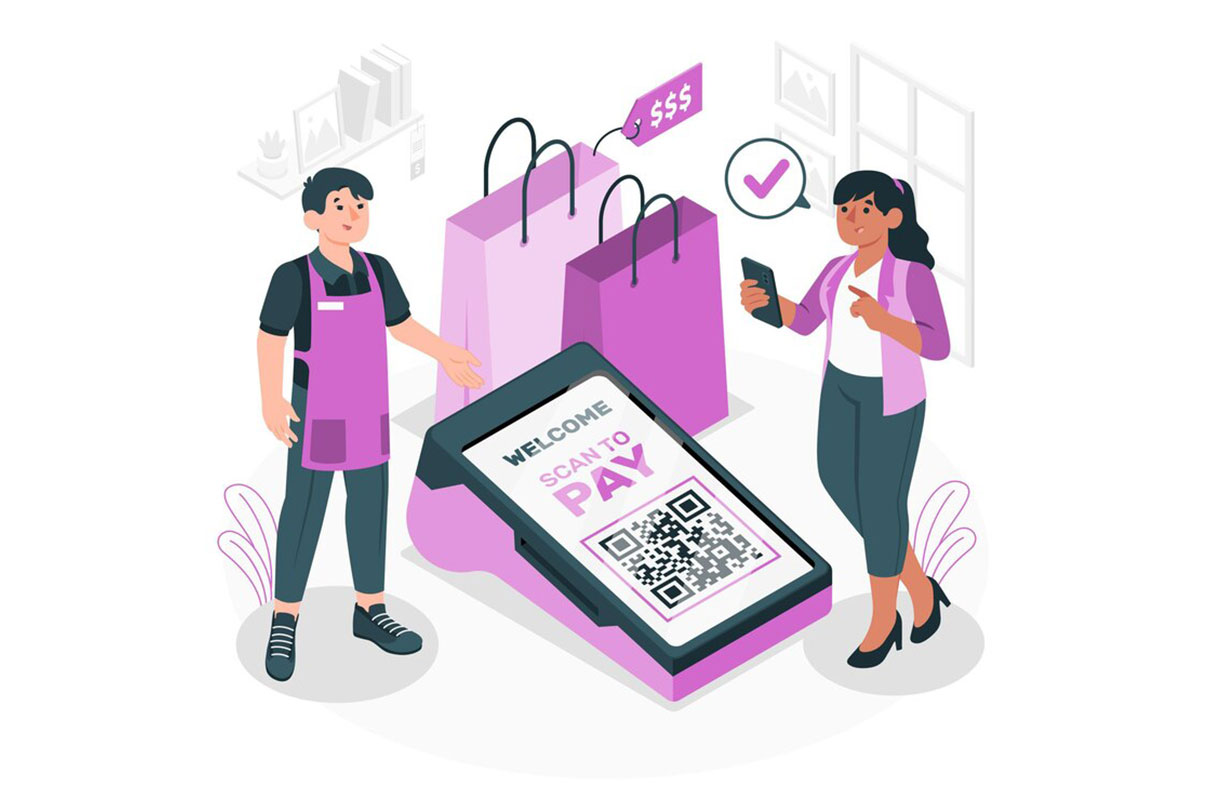Every marketer desires more leads, signups, and subscribers while spending as little money as possible. Every day, businesses and causes of all sizes compete for your attention and persuade you to buy their products, embrace a category, change your opinion of their company, support their cause, or vote for their candidate.
Some marketing and advertising campaigns have done that job more convincingly and
memorably than others over the years. Many have survived the test of time.
Competing at the Bottom of Funnel
Every company wants to steal customers from competitors, but few make it their top priority. If you have a competitor who offers a similar product but isn’t providing great results for its customers, you have an opportunity to target those people.
Flash discounts, coupons, and limited sales, this space is filled with quick-fix strategies to divert aware consumers to your brand.
Start A Referral Program
Referral marketing may be your best bet for quickly increasing your followers. Customers can promote your product for you through referral programs. It’s a simple concept, but it’s underutilized by small businesses.
To pay actors or sports figures, you don’t need the budget of a major corporation. “Real” people are often more effective influencers than celebrities.
Try To Hold Photo Contests
Photo contests are a low-cost and simple way to engage potential customers with your brand. They’re simple to enter (anyone on Facebook or Instagram can submit a photo with your specific tags), and they provide you with great user-generated content that you can reuse on other channels.
Provide the winner with a special prize or discount, and don’t forget to ask them to share something about your brand to be considered.
Imitate the Experts
Sometimes being creative entails imitating someone else. It may appear counterintuitive but doing what has already worked for someone else can greatly benefit your business. While the audience and subject matter of the content may differ from yours, it’s a good idea to look at what other brands are doing well and learn from them. Examine the headlines, content structure, and how they promote the posts.
Make Your Product A Challenge
One of the most difficult aspects of viral marketing campaigns is tying the viral content back to the company’s actual products. You can achieve two goals by going against the grain and making your product the focal point of your viral marketing campaign.
Food companies, for example, ask their customers to create the brand’s next great flavour.
To make this work for you, identify the need that your product fills and turn it into a challenge for others to fill. They’ll be forced to keep your brand at the forefront of their minds throughout the process.
Begin Your Company as An Invite-Only Platform
We want what we can’t have as consumers. If you’re just getting started, consider opening your website to an exclusive list of customers to generate interest. Consider the early days of Facebook and Pinterest.
When only one person has access. Their friends will also want access.
Make Use of Popular Hashtags
Participating in weekly hashtag themes (via Twitter), such as #FlashbackFriday or #ThrowbackThursday, can help your brand get the attention it deserves. You become an active participant in the community and have access to an audience far beyond your typical follower count.
Active and regular participation with hashtags that thousands, if not millions, of people, are already using also increases your followership and visibility.
Distribute Stickers
Stickers may appear to be a ridiculously simple way to grow your business, but they can have a significant impact. You can get a lot of eyes on your brand by giving away free stickers (or other quick, easy, and cheap marketing swag) and encouraging people to post them in public places.
Real Life Success Stories with Unique Sales Ideas
Volkswagen: Think Small
The Volkswagen Think Small campaign is widely regarded as the greatest print campaign of all time, as well as one of the most successful campaigns before the rise of television. Before their 1959 campaign, automobiles were regarded as powerful and fashionable status symbols.
Volkswagen went in the opposite direction, which turned out to be a great move because it forced car norms to be reconsidered. They enticed readers with the “think small” slogan, and once they were hooked, they drew them in with the benefits of Volkswagen.
Commercials for Apple’s Mac vs. PC
Commencing in 2006, Apple produced a series of commercials that featured two people, one of whom was a Mac and the other a PC. The Mac was a young, attractive man, whereas the PC was an older gentleman who stumbled over his words.
They would simply talk about the various things they could do, with the PC always seeming to struggle to keep up with the Mac. PCs in some commercials were unable to communicate with other devices such as digital cameras. In others, the computer would repeatedly freeze or restart.
Dove: Real Beauty
Before their most successful marketing campaign, Dove was negated by numerous brands in a crowded market. They discovered that only a small percentage of the women interviewed thought they were beautiful, which prompted them to launch their campaign.
The campaign helped to broaden the narrow definition of beauty and get people involved in making women feel empowered about their appearance. The campaign was so successful that it inspired other brands to follow suit.
They took a sensitive but popular topic for their customers and created ads based on what their customers believe rather than what is true. Even though it was a simple campaign, it had a significant impact.
Lipton Green Tea
Lipton Green Tea created a shopping cart that tracks your steps, calories burned, and time spent moving at the grocery store to encourage consumers to make healthier choices while shopping.
The cart, which is aimed at people who are too busy for regular exercise, is designed to show customers how many calories they can burn just by walking around the grocery store. The hope is that if they can see how many calories they’re burning in real-time, they’ll reconsider what they put in their shopping cart.
Uber POOL
Uber’s in-house marketing team launched a guerrilla campaign in Mexico City as part of a major advertising push in Latin America, sending out a small army of drones outfitted with cheeky signs promoting Uber POOL. While stuck in rush hour traffic, drivers were confronted with small planes and their mini billboards.
Although they do not intend to replicate the stunt in other markets (because doing so in the United States or Europe would necessitate significant bureaucratic hoop-jumping), the stunt garnered significant media coverage for the car service app.
Conclusion
Coming up with an unusual advertisement can be difficult. First, you’ll need to conduct a series of creative brainstorming sessions. Then, you must ensure that your campaign is understandable and captivating to the audiences to whom you present it.
One way to see if people will truly understand and engage with your unusual campaign is to first present it to a focus group.
One of the most important components of the promotion mix is sales promotion and RewardPort creates various types of sales promotions that work with your target audience to build long-term relationships with your customers.





